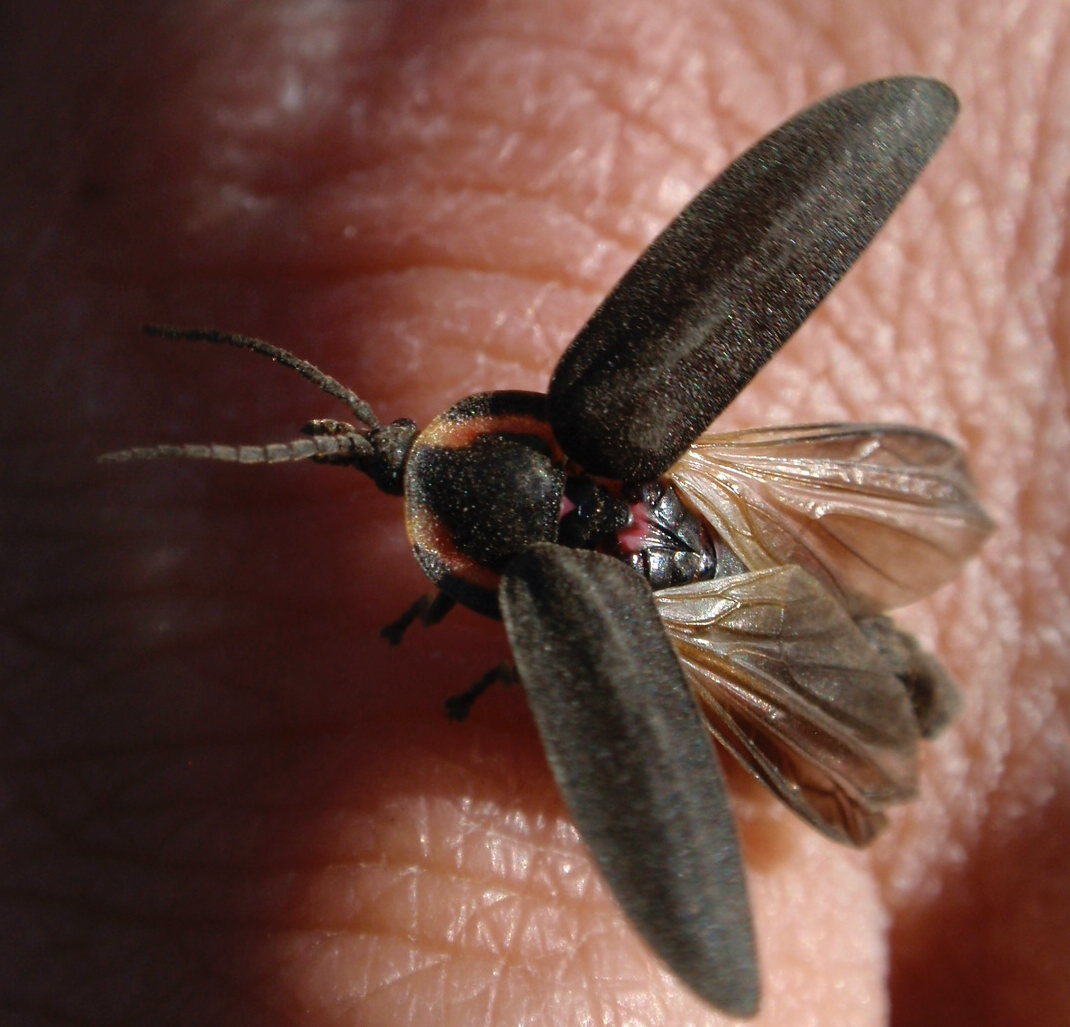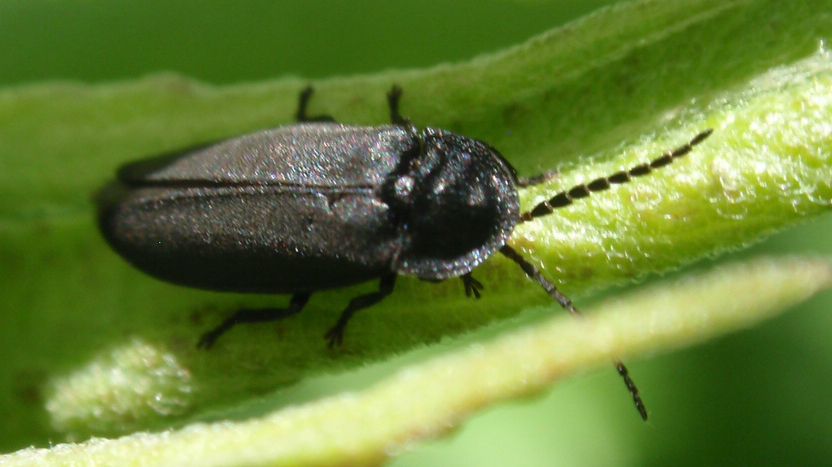Michigan insects in the garden – Week 7: Fireflies
Fireflies are lighting up the night in Michigan this year.

Whether you call them fireflies or lightning bugs, there’s no denying that these harbingers of summer are a welcome sight in our night skies. Actually, fireflies are neither flies nor bugs. They belong to the insect order Coleoptera, which means they are officially considered beetles. If you take a closer look at them during the day, you will see they have two pairs of wings and that the first set is hardened into a cover to protect the second set. This wing arrangement is a signature of the beetles and sets them apart from other insects.

Fireflies belong to the insect family Lampyridae, which comes from a Greek word meaning “to shine.” They do certainly shine, at least the larger species, but many fireflies actually don’t produce any visible light. There are at least 125 species of fireflies in North America and they come in a wide variety of shapes, sizes, colors and lifestyles. One thing they all have in common is that they are predators. They eat other insects but also garden pests like snails and slugs.
The adult stage of the firefly, which produces the flashing yellow lights we see at night, is only alive for a few months during summer. The immature stage of fireflies can live for two years or more. Immature fireflies live under the soil or in very close proximity to it, where they search for prey. During this life stage, fireflies are eating machines that feed on snails and slugs, our unwanted garden pests. They bulk up on prey in order to reach the adult stage, where they will sprout wings and move from the soil to vegetation to look for a mate.

In the daylight, fireflies are hard to tell apart from other kinds of beetles. One way to identify them is by the way they hold their heads under the protective shield on their backs. Once in a while, they poke their heads out from under this protective shield to feed, but usually you will not be able to see their head (see photo below).
Another clue that helps identify a firefly is the shape of their antennae. Insect antennae are the two long appendages that are attached to their heads, which they use to sense their environment. On a firefly, the antennae have easy to distinguish segments that bear some resemblance to the teeth on a sawblade. The scientific term for this is serrate. If you see an insect in your garden with its head tucked under a protective shield and with serrate antennae, then you just might be lucky enough to have a firefly helping you out with some pest control.

Fireflies face a number of challenges in this modern world. Among the threats that they face are pesticide use, climate change, habitat loss and light pollution. Scientists are trying to learn more about fireflies and these threats to their populations. You can help firefly researchers by participating in the Firefly Watch citizen science project, a study where you count fireflies for 10 minutes once a week.
You can also help fireflies by being careful about how you use pesticides in the garden. The Smart Gardening series of tip sheets from Michigan State University Extension is a great place to start learning about how to care for your plants while also protecting fireflies and other beneficial insects.



 Print
Print Email
Email





